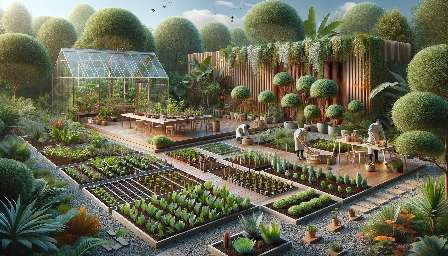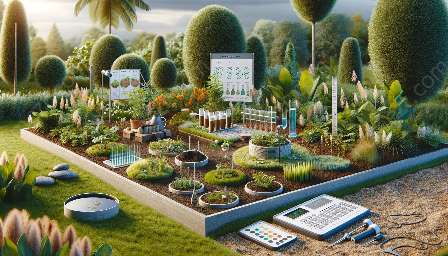Plants are essential to life on our planet, serving as a primary source of sustenance and oxygen. Understanding the mechanisms behind plant growth and development is crucial to horticulture, agriculture, and forestry. In this comprehensive guide, we will explore the intricate processes that govern plant growth, the factors that influence it, and the practices employed in horticulture, agriculture, and forestry to ensure the optimal development of plants.
The Basics of Plant Growth and Development
Plant growth and development are dynamic processes that encompass various stages and factors. The journey begins with the germination of a seed, followed by the growth of roots, stems, and leaves. As the plant matures, it undergoes reproductive processes, eventually leading to the production of seeds. Understanding these mechanisms is essential for cultivating healthy and productive plants.
Key Factors Influencing Plant Growth
Several factors play vital roles in influencing plant growth and development. These include:
- 1. Light: The quality, intensity, and duration of light exposure significantly impact photosynthesis and plant growth.
- 2. Water: Adequate water supply is essential for nutrient uptake and various metabolic processes within plants.
- 3. Nutrients: Plants require an array of macronutrients and micronutrients for optimal growth and development.
- 4. Temperature: Temperature fluctuations can affect physiological processes such as transpiration and cell expansion in plants.
- 5. Hormones: Plant hormones regulate growth, development, and responses to environmental stimuli.
Horticulture and Its Role in Plant Growth and Development
Horticulture involves the cultivation of plants for food, medicinal, ornamental, and aesthetic purposes. This field plays a crucial role in understanding and manipulating plant growth and development through practices such as:
- - Pruning and Training: Techniques to control plant shape and encourage desirable growth patterns.
- - Propagation: Methods for creating new plants from seeds, cuttings, or other plant parts.
- - Soil Management: Maintaining soil fertility and structure to support healthy plant growth.
- - Pest and Disease Management: Strategies to protect plants from pests and diseases that can hinder their growth.
Agriculture, Forestry, and Sustainable Plant Growth
In agriculture and forestry, the focus extends to large-scale cultivation and management of plants for food, fuel, and industrial use. Sustainable plant growth practices are essential to ensure long-term productivity while minimizing environmental impact. This involves:
- - Crop Rotation: Alternating crops in a specific sequence to optimize nutrient usage and reduce soil degradation.
- - Agroforestry: Intercropping trees with agricultural crops to enhance biodiversity and improve soil health.
- - Forest Management: Techniques to ensure the sustainable harvest of timber and other forest products while preserving ecological balance.
By understanding and implementing these practices, horticulturists, agriculturists, and foresters contribute to the health and productivity of plant ecosystems, thereby sustaining life on Earth.



